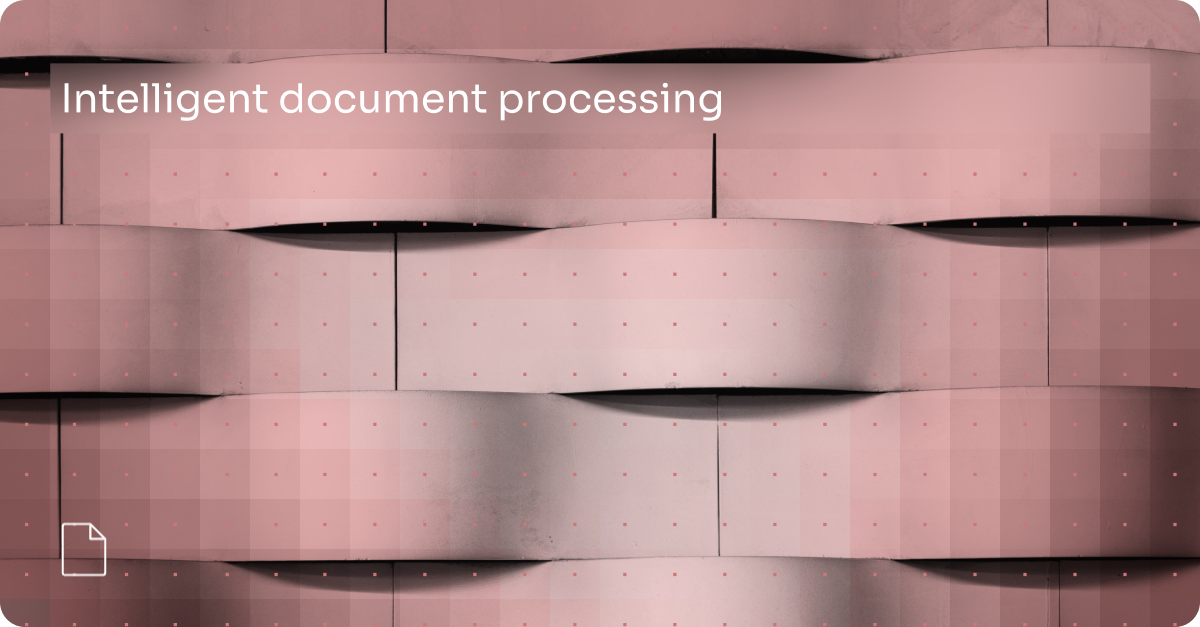As we move into 2025, healthcare is poised to set the standard for how AI should be used—transcending basic chatbots and moving into a world of AI agents that truly transform daily operations. Here’s what to anticipate:
1. AI everywhere—from fear to FOMO
What to expect
In 2025, AI will no longer be a future threat or idle curiosity—it will be the norm. Every mundane, repetitive task (billing, scheduling, patient access, clinical operations) will have its own AI agent. Organizations slow to adopt will struggle with margin pressures and workforce shortages.
Takeaway
If you’re not already planning for an AI agent in each major function, you risk being left behind. Don’t fear replacement—fear missing out on the productivity gains that your competitors will capitalize on.
2. One-off model claims vanish
Foundational, model-agnostic platforms take center stage
In 2025, single-point AI tools built around one trendy model will fade away. Healthcare leaders will demand continuous benchmarking, backtesting, and scalable proof of impact—not hype. Platforms that adapt and integrate multiple models will be the clear winners.
Takeaway
Stop chasing the latest “best-in-class” model. Opt for platforms that can evolve over time, supporting a variety of models and data sources. The most valuable AI tools will be those that prove results month after month, year after year.
3. Deployment timelines collapse
From 24-month roadmaps to 2-day prototypes
Healthcare’s traditional multi-year rollouts will buckle under the speed at which AI evolves. By 2025, successful organizations will be those that can prototype new AI applications in days and prioritize agile deployment. Health systems and payers stuck in extended roadmaps will miss crucial innovation windows.
Takeaway
Get comfortable with rapid experimentation. Build teams that can develop, test, and iterate AI solutions in real time. Speed will be the ultimate differentiator, allowing you to seize opportunities long before your competitors.
4. AI augmentation, not new headcount
Say goodbye to endless FTE requests
In 2025, healthcare leaders will prioritize AI-driven automation over adding more staff. Frontline teams won’t be replaced; they’ll be elevated to perform at the top of their license while AI handles repetitive or rule-based tasks.
Takeaway
Re-evaluate your staffing strategy. Instead of funding more full-time positions, invest in AI tools that multiply each team member’s productivity. This shift will preserve talent, reduce burnout, and maintain fiscal health.
5. AI scribe buzz fades
2025 ushers in a reality check
The AI scribe wave of 2024 will lose momentum as the 10–20% time savings fail to produce sizable returns or increased revenue. Leaders will pivot to bigger, enterprise-wide AI transformations that target all workflows, not just note-taking for doctors.
Takeaway
Don’t get stuck on single-purpose AI scribe solutions. Think bigger: aim for holistic productivity leaps across your entire healthcare system rather than marginal time savings for physicians alone.
6. New point solutions surge—then consolidate
Faxes, coding, access & call center transformations
In 2025, there will be a flood of niche AI tools tackling specialized problems—like fax elimination, coding automation, and call center workflows. While a few will excel, many won’t scale or integrate well. Acquisitions will follow, but messy integrations often yield minimal long-term benefits.
Takeaway
Be wary of “shiny object” solutions. Seek out full-stack, adaptable platforms that can address multiple clinical and operational challenges rather than gambling on narrow offerings that might vanish or merge without delivering lasting value.
7. Outcomes- and usage-based pricing soars
Pay only for real results
By 2025, organizations will demand pricing tied directly to an AI solution’s performance. If the tool doesn’t deliver improvements, you shouldn’t have to pay a premium. Transparent, results-driven contracts will become the new standard.
Takeaway
Negotiate AI partnerships that align cost with actual ROI. If your vendor isn’t prepared to stand behind their metrics, find someone who will. This approach ensures you invest only in solutions proven to move the needle.
What won’t change
1. Outcomes remain the ultimate yardstick
Measurement is non-negotiable
AI that doesn’t demonstrate tangible improvements—like shorter wait times, higher-quality care, or operational savings—will be discarded. Leaders will demand evidence or cut their losses.
Takeaway
Build measurement strategies into every AI deployment from day one. Don’t let hype overshadow hard data. Only proven impact will keep stakeholders—especially your board—fully bought in.
2. (Licensed) humans stay front and center
Workflow and integration still matter
Even the most advanced AI can’t replace skilled clinicians. Instead, 2025 will reinforce the need for streamlined workflows, top-notch integrations, and human oversight to ensure AI supports patient well-being and professional judgment.
Takeaway
Keep specialists and clinicians in the loop—just give them the AI tools to maximize their expertise. Remember that the best AI in healthcare elevates human potential rather than sidelining it.
3. Safety first: the trust factor
Without guardrails, it all falls apart
In 2025, the explosion of AI agents comes with strict demands for robust data security, compliance, and ethical governance. Regulators, health systems, and tech developers must collaborate to define and maintain safe boundaries.
Takeaway
Be proactive about compliance and risk management. If you can’t guarantee patient safety and data integrity, no one will trust your AI solutions—no matter how advanced they may be.
The bottom line
Back in the day, AI sparked both hype and dread—would robots replace entire healthcare teams, or was it all smoke and mirrors? In 2025, the truth is clear: AI is essential for staying competitive and bending the cost curve in ways healthcare has never managed before. Fear of AI is gone; fear of missing out is what keeps leaders up at night.
At Notable, we’re fueling this transformation—and yes, we’re hiring. Buckle up for a year where healthcare redefines what AI can do—and where tomorrow’s innovations turn into today’s standards.










